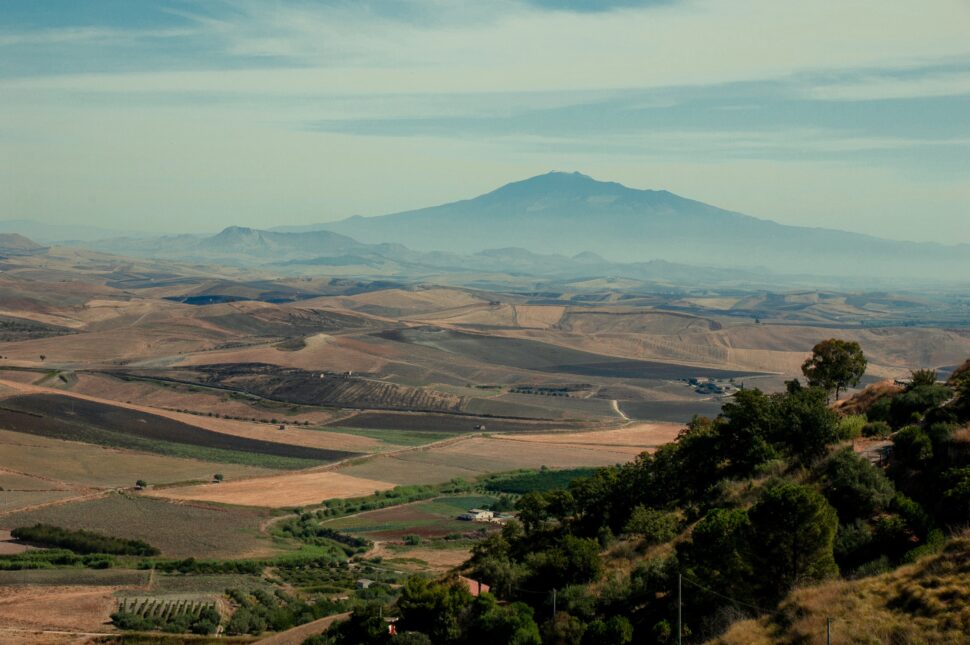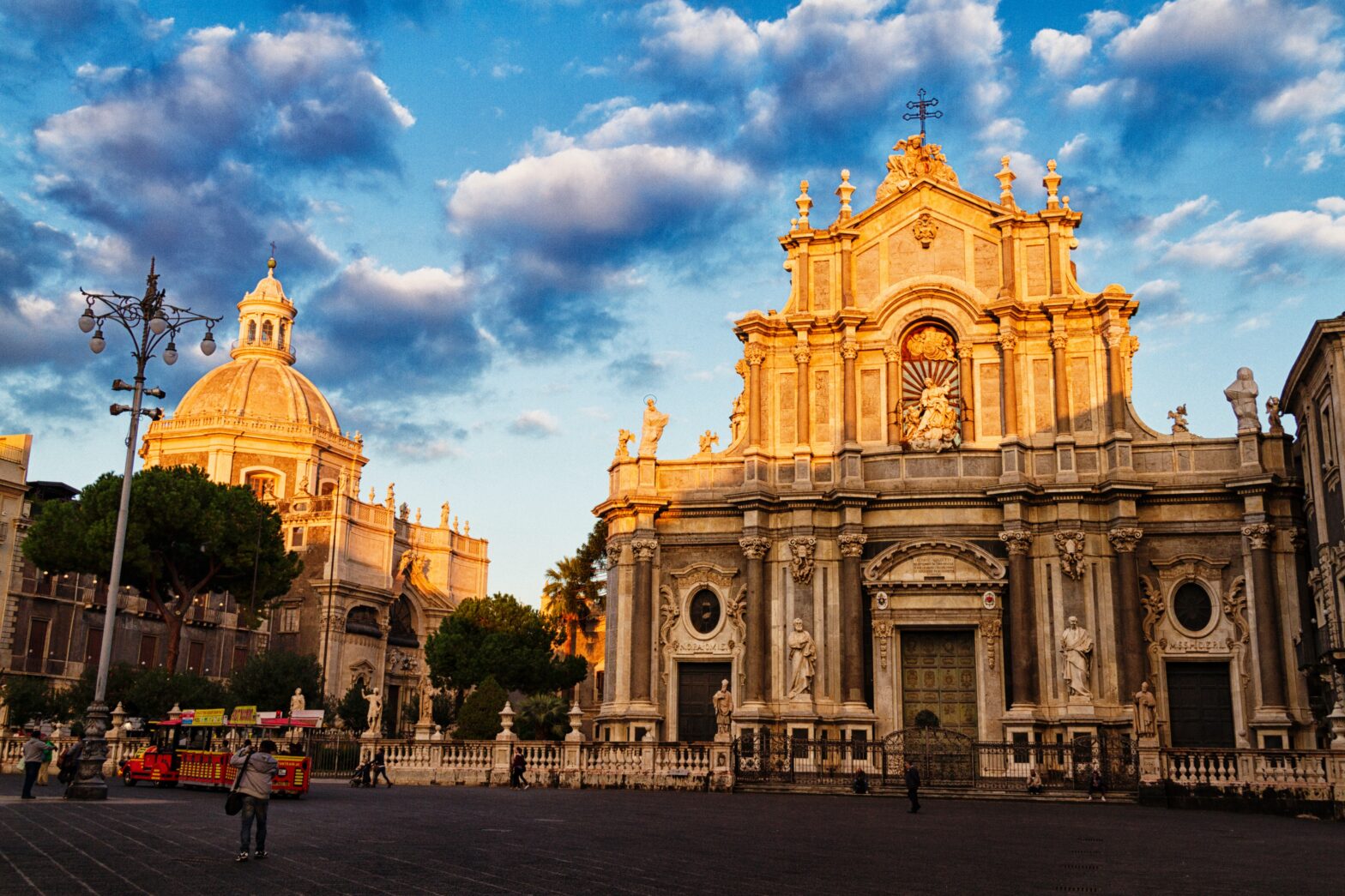On the cusp of Italy’s most anticipated bank holiday, a fiery display of nature’s might has upended the nation’s travel landscape. The eruption of Mount Etna, Europe’s most active volcano, unleashed a turbulent ash cloud that reverberated through Sicily’s travel corridors. This natural disaster eventually caused a cascade of flight cancellations, delays and diversions.
The aftermath of this geological upheaval was palpable at Vincenzo Bellini Catania Airport, which is the gateway to Sicily. The fiery belch from Mount Etna’s depths forced the airport into an abrupt closure. The closing left travelers in limbo and holiday plans in disarray. With the eruption echoing on a serene Sunday evening, the skies transformed into a chaos-laden panorama of volcanic ash.
Flights Disrupted
The vast majority of flights were grounded in the tumultuous wake of the eruption. Vincenzo Bellini Catania Airport, which is a bustling hub that handles around 200 flights per day, fell eerily silent. The airport’s initial optimism of reopening by 8 p.m. on Monday gave way to a more sobering reality, as operations remained suspended until the early hours of Tuesday.

Mount Etna’s escalation to a “pre-alert” phase, ascending from warning level F0 to F1l. It underscored the precarious state of the situation. This crescendo of activity unfolded merely a day before Italy’s largest national holiday, casting a somber shadow over the festivities.
Residents And Visitors Affected
The volcanic maelstrom also wreaked havoc on travel plans for Sicily’s residents and visitors alike. The streets of Catania bore witness to a layer of volcanic ash. This prompted the mayor’s decree to temporarily restrict the use of motorcycles and cap vehicular speeds. This city, which normally pulses with life, was gripped by the quiet aftermath of nature’s fury.
While the airport has since resumed operations, the repercussions continue to ripple. The eruption’s legacy was most acutely felt at Vincenzo Bellini Catania Airport. Although some flights persisted, the majority remained grounded or were diverted to alternate Sicilian airstrips.
Sicily’s geographic expanse compounded the logistical challenge with scattered airports across the island. Catania and Comiso huddle on the east coast, while Palermo, the largest among them, sprawls on the opposite west coast, nearly a day’s drive away. Diverted flights also navigated their way to Trapani, tucked nearly four hours from Catania.
Mount Etna’s recent bout of heightened activity over the past four years has engendered a cyclic rhythm of airport closures. However, in contrast to some international practices, Vincenzo Bellini Catania Airport doesn’t traditionally extend travel assistance during such closures. This leaves travelers to fend for themselves.
Sicily’s already frail public transportation system has exacerbated the turmoil, as city-center-bound coaches struggle to navigate the flight disruptions. Car rental companies have been the fallback for stranded travelers seeking a semblance of mobility amidst the chaos.
Airlines In Disarray
Airlines have struggled to navigate the volcanic turbulence. Ryanair cautioned passengers bound for Catania of potential disruptions, advising vigilance for “delays, diversion or cancellations.” EasyJet, a mainstay in UK-Sicily routes, faced their share of challenges with flights from Bristol, Edinburgh, and Gatwick canceled and alternative routes plotted.
Beyond Vincenzo Bellini Catania Airport, the upheaval touched Comiso Airport, situated some 150 kilometers from Mount Etna. Air traffic aimed for the idyllic island of Malta altered courses, steering clear of the ash-laden clouds.
While European air passenger rights sought to offer respite, guaranteeing meals and lodging to those entrapped by cancellations and delays, the residual effects linger. With the specter of further eruptions ever-present, the forecast for travel remains uncertain.
Bad Timing For Catania
As Catania navigates a tumultuous summer of disruptions, the eruption’s timing was particularly cruel. It followed hot on the heels of a major fire that ravaged one of the airport’s terminals in mid-July, resulting in cascading cancellations and dashed vacation dreams. Critics decried the airport’s sluggish response with hoteliers lamenting the loss of around 40,000 nights of accommodation.
Sicily’s summer remains steeped in unpredictability, as Mount Etna’s fiery theatrics continue to cast a shadow over travel plans and aspirations.
